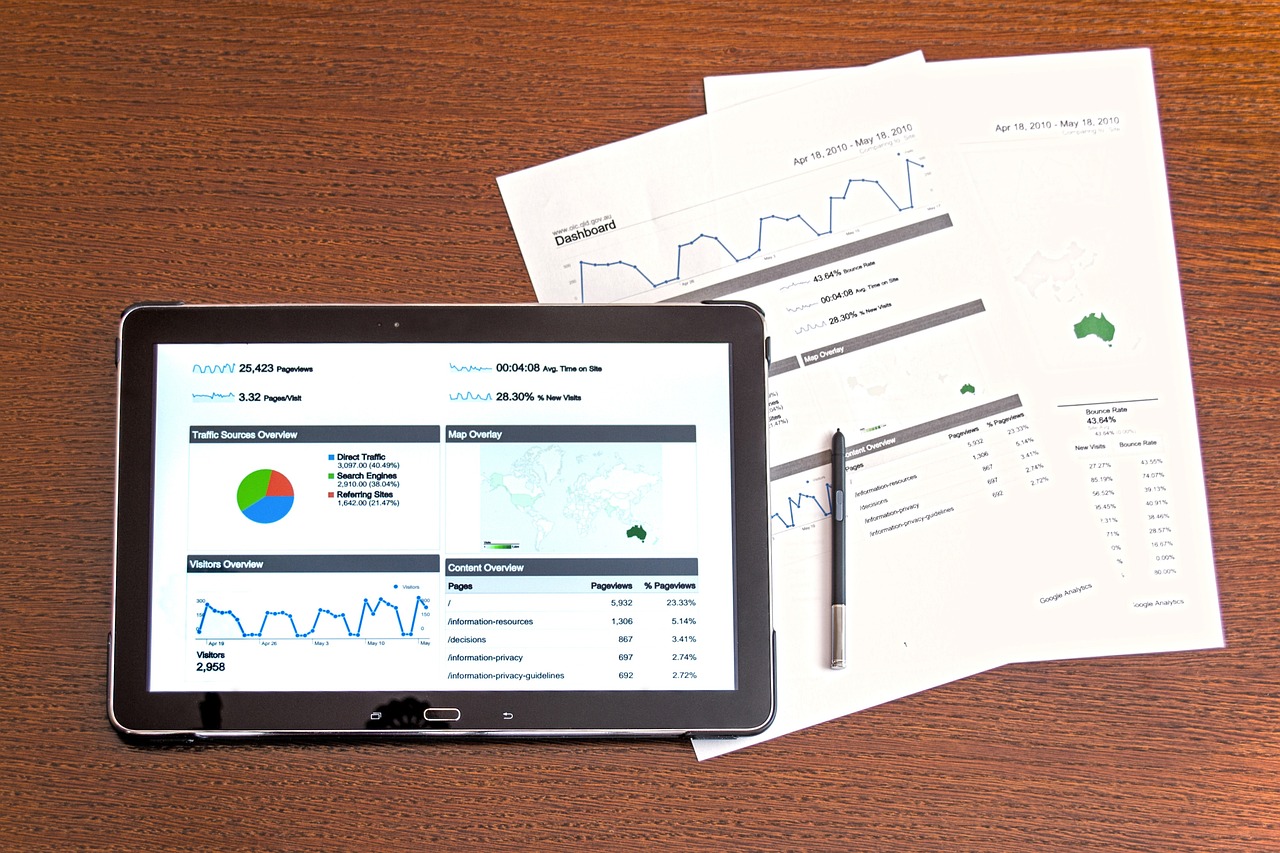What Is Performance Marketing? A Comprehensive Guide for Beginners
Marketing has always been a risk-based investment, as brands are not guaranteed a return on investment (ROI). And even if they did get ROI, no business owner could know which marketing or advertising channels would produce the highest.
The traditional marketing technique requires business owners to pay at the onset of the advertisement, hoping it yields positive results. Therefore, it was no surprise that most marketers shifted their focus to performance marketing when it came into the limelight.
In simple terms, performance marketing is a type of marketing that pays only for results as opposed to others. Intrigued but have little idea of what performance marketing is? Then continue reading, as this article would serve as a beginner’s guide to performance marketing and all it entails.
What Is Performance Marketing?
With the numerous marketing strategies in the digital marketing space, it’s easy for brand owners to get everything jumbled up.
The question, ‘What is performance marketing?’ is common among new business owners.
Performance marketing is a new strategy in that advertisers or merchants pay the affiliates or publishers only when they achieve an action or result. This action can be clicks, engagements, leads, or sales. Technically, it’s performance-based marketing. Performance marketing allows business owners only to pay for advertising that works. It’s a result-driven technique. This is great for risk-averse people who only pay after seeing conversions.
This technique differs from conventional marketing techniques. In the latter, the advertisers have to pay the affiliates or influencers right before the commencement of the ad. So, when the ad doesn’t yield positive results, it becomes a loss for the advertiser. In performance marketing, the reverse is the case, as advertisers pay once the affiliates achieve the desired results.
Is Affiliate Marketing Same as Performance Marketing?
If you’re familiar with affiliate marketing, it also works on the principle of performance marketing. This means that affiliates are paid a fixed commission for every brand product they sell. Technically, it’s still results-driven. However, these two marketing techniques are somewhat different.
Performance marketing is a broader strategy that encompasses affiliate marketing. In affiliate, the marketers promote the merchants’ products on their websites, using their affiliate networks to drive conversions. On the other hand, performance marketing entails a more extensive network, not limited to that of the affiliates. This means that the performance marketer utilizes several different channels and techniques.
And regardless of the channels they use, publishers or affiliates are rewarded, provided they achieve results. This could involve social media, podcasts, or connected TVs (CTV) ads. With the recent CTV trends and statistics, directing performance marketing campaigns on connected TVs will yield positive results.
Performance Marketing Metrics
It has been established that performance marketing is results driven. But how can brands determine when an affiliate or publisher has successfully achieved a result, and how is payment made? Some of the key performance metrics include:
Cost Per Click (CPC)
This metric describes when brands pay the affiliate based on the number of clicks the ad or content generated. This type of payment helps to drive traffic to a site.
Cost Per Sale (CPS)
With this metric, brands only pay when a sale is completed. This means you pay the affiliate for every sale generated by the ad placed. This is a standard metric in affiliate marketing.
Cost Per Impression (CPM)
Unlike CPC, for every view the ad gets, payment is made. Impression means the number of times the advertisement was viewed. And in this metric, payment is made per a thousand views.
Cost Per Lead (CPL)
Leads are potential customers who have an interest in what you’re selling. This metric pays affiliates for every lead they generate for your brand. This could be in the form of everyone who signs up for an email newsletter or webinar. It becomes your responsibility to convert the leads into actual customers.
Cost Per Acquisition (CPA)
Every brand has an objective that requires the affiliate to achieve. It doesn’t have to be clicks, sales, leads, or impressions. CPA pays the affiliates or publishers when a specific action is completed. It could be downloads, website visits, etc.
Benefits of Performance Marketing
Some benefits of performance marketing over other marketing techniques include:
- It’s results-driven, enabling brands to make budgetary expectations and estimated outcomes from the beginning.
- Brands can use analytics platforms to track and measure marketing success.
- It helps the brand gain more exposure because it enables them to connect with more people naturally.
Conclusion
At this point, suppose you’re considering investing in performance marketing. A quick answer to that would be to go ahead. This is because, in this marketing technique, affiliates, influencers, or publishers actually put in the work to secure their payment. They know that they need actual results to get paid. So, rather than passively placing ads for your brand, they become more invested and creative in content production. This ensures that your brand’s objectives are met and that you get a substantial ROI.

